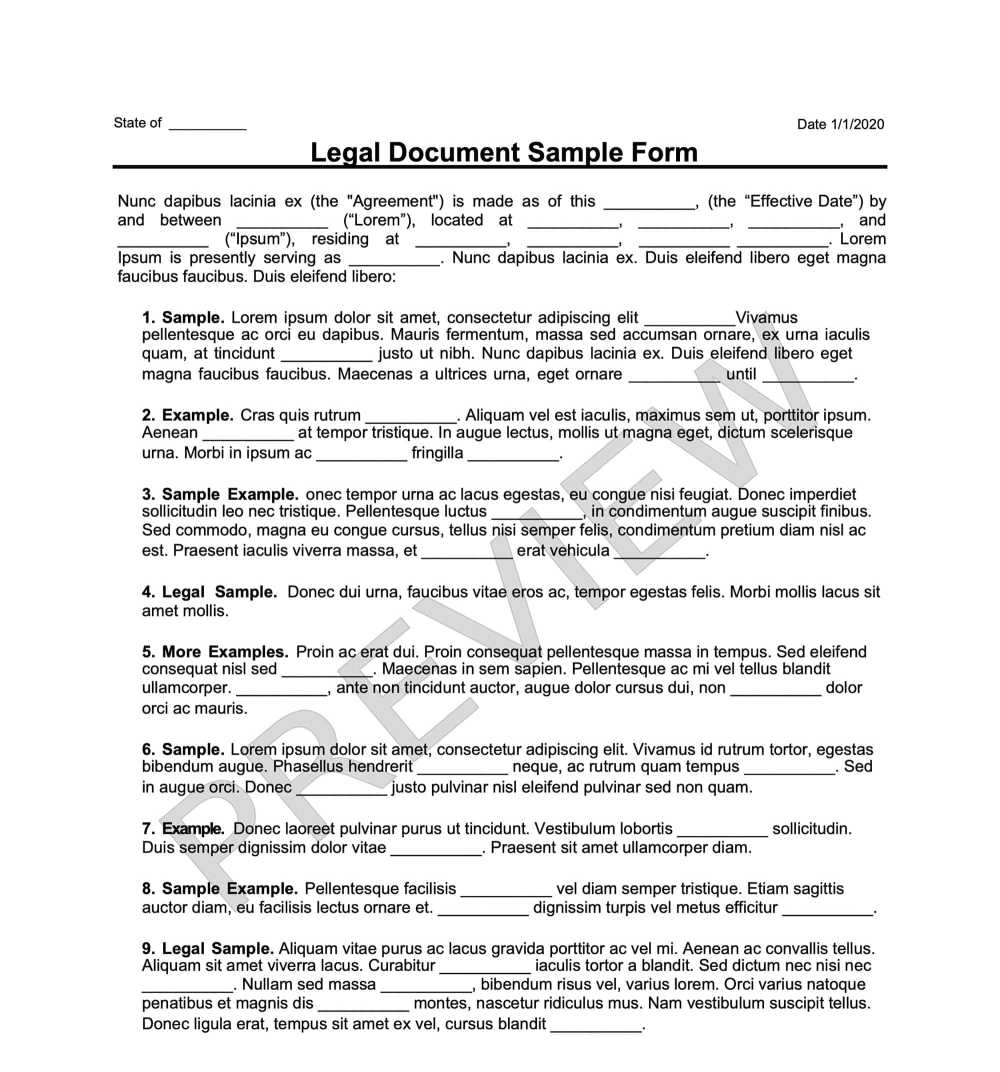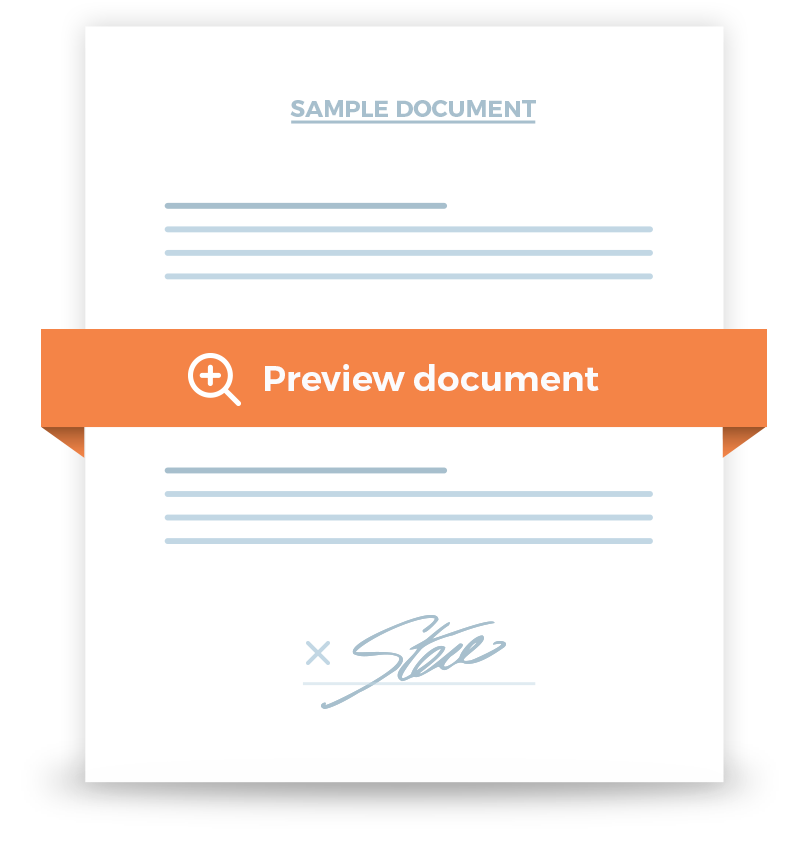Income Statement
The Income Statement is one of four main accounting statements that all companies should generate, of which this one details the company's revenue, expenses. profits, and losses for the period of the statement.


Frequently Asked Questions
Single Step
This type of income statement reveals the revenue and expenses before the loss or profit. This document does not include a detailed report of the operating income, earnings before taxes, and gross profit. Companies of all sizes use the Single Step Income Statement.
Multi-Step
The Multi-Step Income Statement gives a more in-depth overview of a company’s financial position. All activities and incomes are displayed separately. While this document takes more time to compile, it is also a better indicator of the company's strengths and weaknesses.
Basic
This income statement is common for small businesses as it only includes the expenses, income, and net loss or profit.
Pro Forma
Rather than the current state of the company, the Pro Forma Income Statement projects future profitability. This Income Statement is used internally in the assessment of financial options.
Variable Costing
This is a statement that focuses solely on variable inventory costs, including overhead variances, labor, and material. Every other expense is determined as periodic.
Absorption Costing
The SEC’s GAAP (Generally Accepted Accounting Principles) require the absorption costing method for the manufacturing costs of specific products.
Common Size
The Common Size Income Statement analyzes each item to determine how it contributes to company profit.
Contribution Margin
This income statement shows the profitability of the relevant products, i.e. the difference in unit price and variable costs.
Consolidated
Companies with subsidiaries create a Consolidated Income Statement that presents the company and its subsidiaries as a single entity.
Partial
A Partial Income Statement uses the data from the full Income Statement but only for a specific period. This document is typically used only once.
Projected
This Income Statement predicts the result of the future. Unlike the Pro Forma Income Statement, the Projected Income Statement assumes that the company will not be changing its business practices.
CVP
An internal document, the CVP or Cost-Volume-Profit Income Statement estimates profitability using variable costs, fixed costs, sales mix, the volume of activity, and the per-unit selling price.
Comparative
This is a comparison of several income statements to evaluate a company’s performance over time and to identify trends. It usually uses income statements from the past five years.
Segmented
This Income Statement focuses on specific segments of a company. It can be used to identify product lines that are not profitable in assessing if they should be improved or axed.
At its core, the Income Statement shows if the company is profitable. In contrast, the balance sheet is a more detailed statement of the company's financial position that details its assets, liabilities, and shareholder's equity. The cash flow statement records the money received and spent, which illustrates if the company is liquid. Unlike the Income Statement, it does not account for non-cash items.




